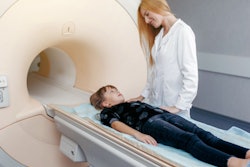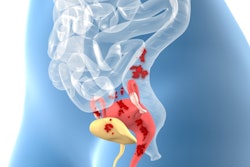Dear MRI Insider,
MRI is considered the best tool for screening and diagnosing breast cancer. But high levels of background parenchymal enhancement (BPE) -- that is, the enhancement of normal fibroglandular tissue on contrast-enhanced dynamic breast MRI -- can negatively impact the modality's performance.
In this edition's Insider Exclusive, we're highlighting results from a study that confirmed that high levels of BPE reduce cancer detection rates and sensitivity of breast MRI. But a team from Memorial Sloan Kettering Cancer Center in New York City also found that there's a particular protocol that appears to mitigate these effects.
When you've read our exclusive, check out more of our MRI coverage from the past month, including the following:
- How a hybrid artificial intelligence (AI) model that uses dynamic contrast-enhanced MRI (DCE-MRI) images taken before chemotherapy begins can predict treatment response in breast cancer patients.
- The effect the American College of Radiology's (ACR) 2018 guidelines had on follow-up breast MRI eligibility among women with previous history of the disease.
- How an MRI-targeted prostate biopsy protocol can cut overdiagnosis of non-clinically significant prostate cancer in half.
- Some good news about a gadolinium-based contrast agent (GBCA), gadopiclenol, that performs comparably to other GBCAs at lower dose.
- Why abbreviated MRI could be an effective alternative to conventional for supplemental screening in women at high risk of breast cancer.
Finally, take a look at an MRI scan that made it into the journal Radiology's top images of 2022 for its depiction of myocarditis after COVID-19 vaccination in a 15-year-old boy's heart.
As 2022 comes to a close, we thank you for keeping up with MRI's many benefits through our MRI Community, and wish you all the best in the coming year.



.fFmgij6Hin.png?auto=compress%2Cformat&fit=crop&h=100&q=70&w=100)





.fFmgij6Hin.png?auto=compress%2Cformat&fit=crop&h=167&q=70&w=250)











